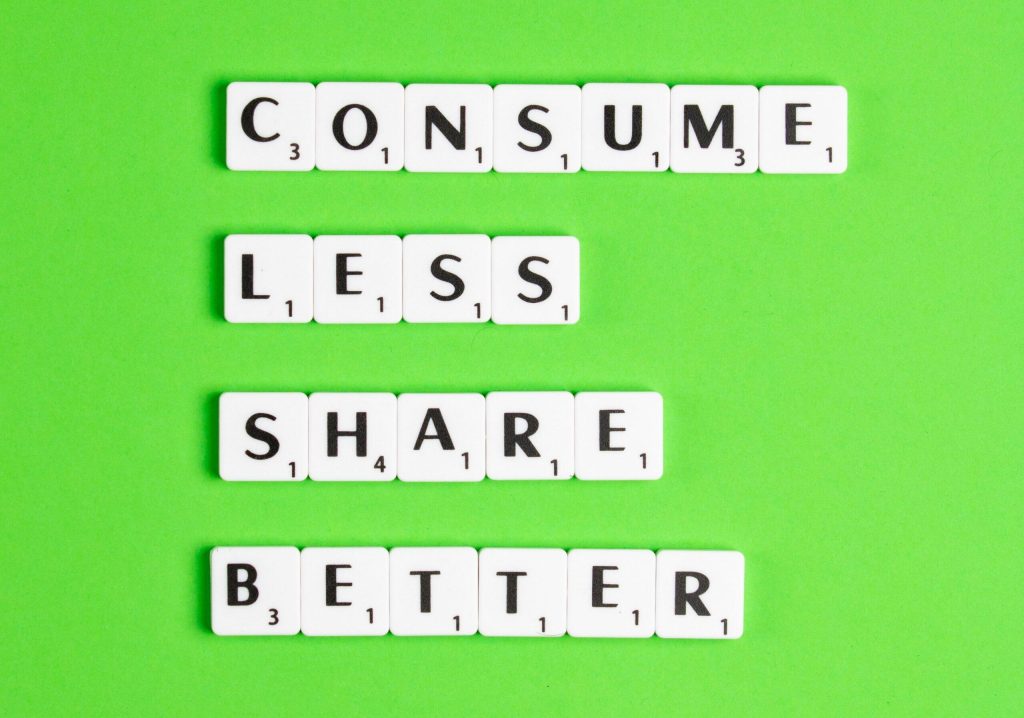
With such an emphasis today on waste and global warming, lots of people are talking about circularity as a way to enjoy the things we love, without further compromising the planet. As we discussed in an earlier article on the topic, circularity, specifically within the fashion industry, is the practice of utilizing products that would traditionally be in their “end-of-life” phase, by incorporating the materials from those products into new ones. The fashion industry is one of the largest producers of waste in the world. In fact, “87% of fiber input used for clothing ends up burned or in landfills”, either from consumer disposal or of deadstock fabric waste (Forbes).
Implementing circularity in your business means closing the loop of your supply chain—ensuring that your products last as long as they can, and that the “end of life” of a product becomes the beginning of a new one. According to Harvard Business Review, a sustainable business based on circularity can show up in three ways:
- Retain your product ownership through a rental model
- This approach helps reduce the amount of consumers who purchase an item for a specific occasion, use it once, and get rid of it—ensuring multiple uses of a product before its end-of-life.
- Prioritizing durability of your product
- Designing a product that’s built to last will incentivize buyers to pay premium prices, and reduce the amount of waste stemming from multiple purchases of the same item
- Focus on recyclability
- If you design your product with reuse and recyclability in mind, you will further your positive impact on the planet by cutting out the use of raw materials from the get go. Further incorporating recycling into the end-of-life cycle of the products allows you to keep the cycle going.
In line with these actions, here are four companies that are implementing circularity in their businesses:
- Thousand Fell creates sneakers from yoga mats that are leather-like, waterproof, and durable. They incorporate recyclability into both ends of their supply chain, encouraging customers to recycle their old shoes and providing an incentive for doing so—a discount on their next pair!
- Lululemon’s Like New marketplace launched earlier this year—where customers can resell their used Lulu products, extending their life cycle.
- North Face’s Renewed collection offers refurbished North Face products for a fraction of the cost. The company also expanded their Renewed line with an in-house design residency focused on circular design.
- Levi’s, the iconic denim brand, has implemented a consumer recycling plan to minimize their consumption of cotton and water during their manufacturing. They’ve partnered with Swedish company Renewcell to turn old denim into a new material—one that can be easily broken down and reused again and again.
It’s important to note that while circular business models are much more sustainable, and can save you money down the line, there are a lot of logistics that go into these business changes. The process associated with collecting used product from consumers, and redistributing those, is called reverse logistics. In order to make progress in sustainability, and more specifically the circularity space, integrating data channels and blockchain technology into your supply chain is imperative. According to Forbes, “data insights and transparency provide a key piece of the puzzle when it comes to enabling more sustainable business practices globally”. Vi3’s tools enable you to not only track your products and materials with pinpoint accuracy around the world, but give you the data you need to see if you’re measuring up to your sustainability goals.
At Vi3, we’re passionate about helping you reach your fullest potential, and our team of experts are always willing to help.